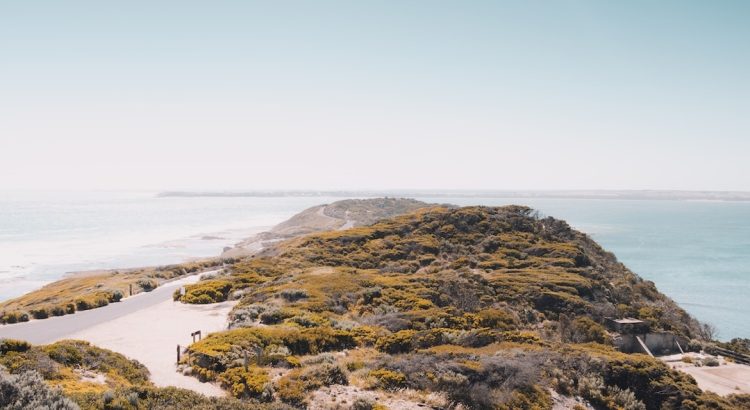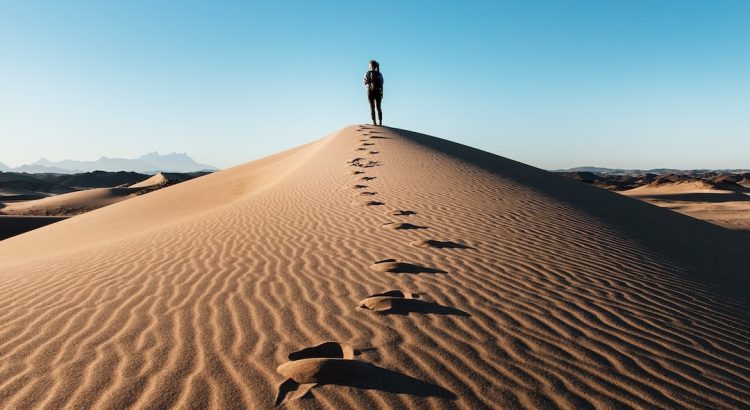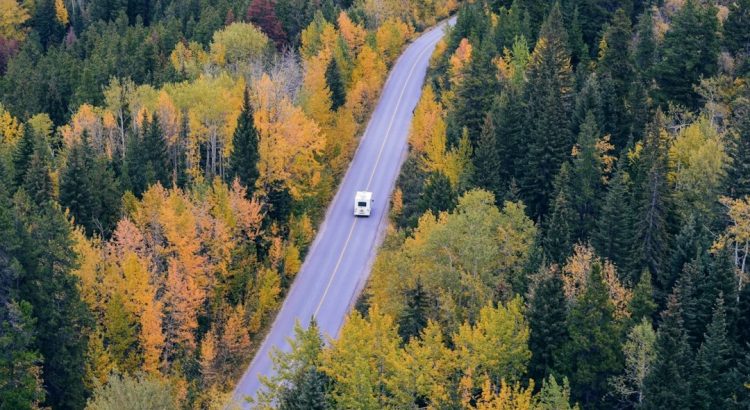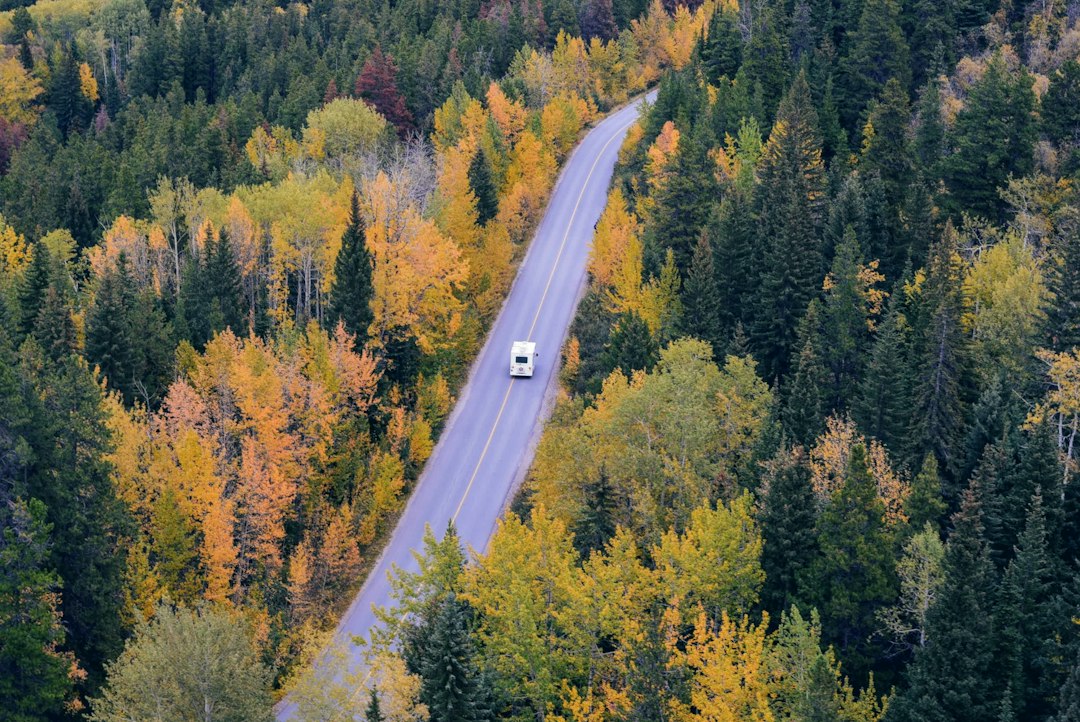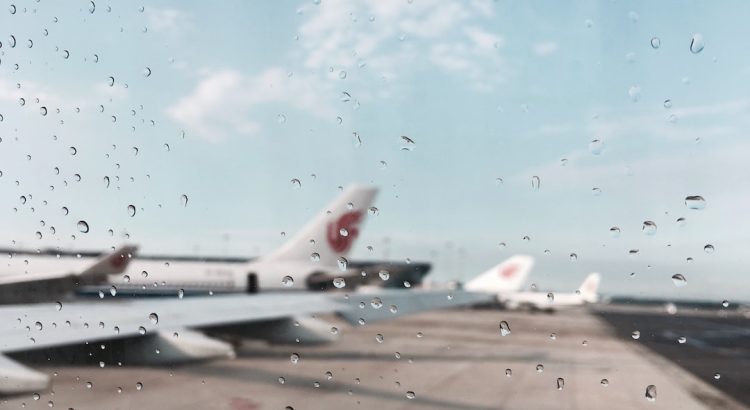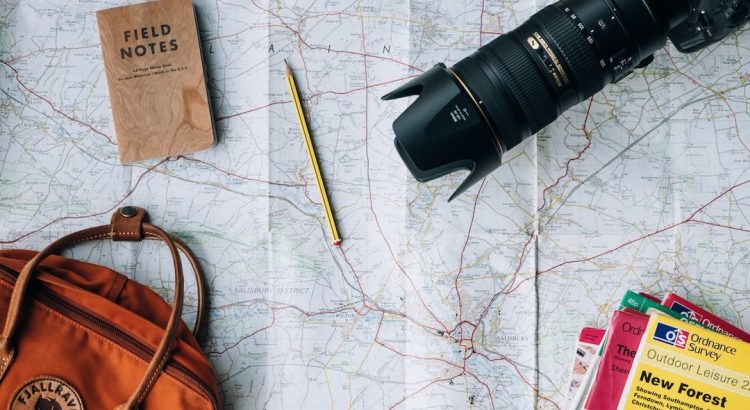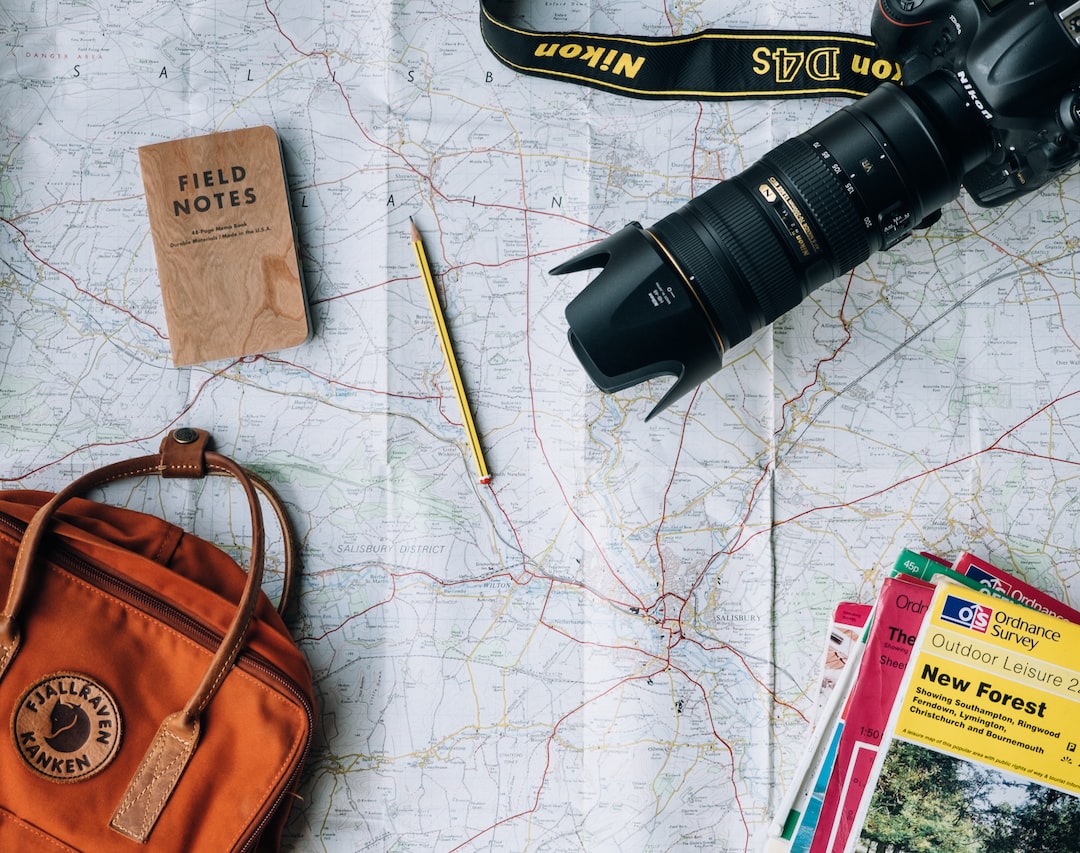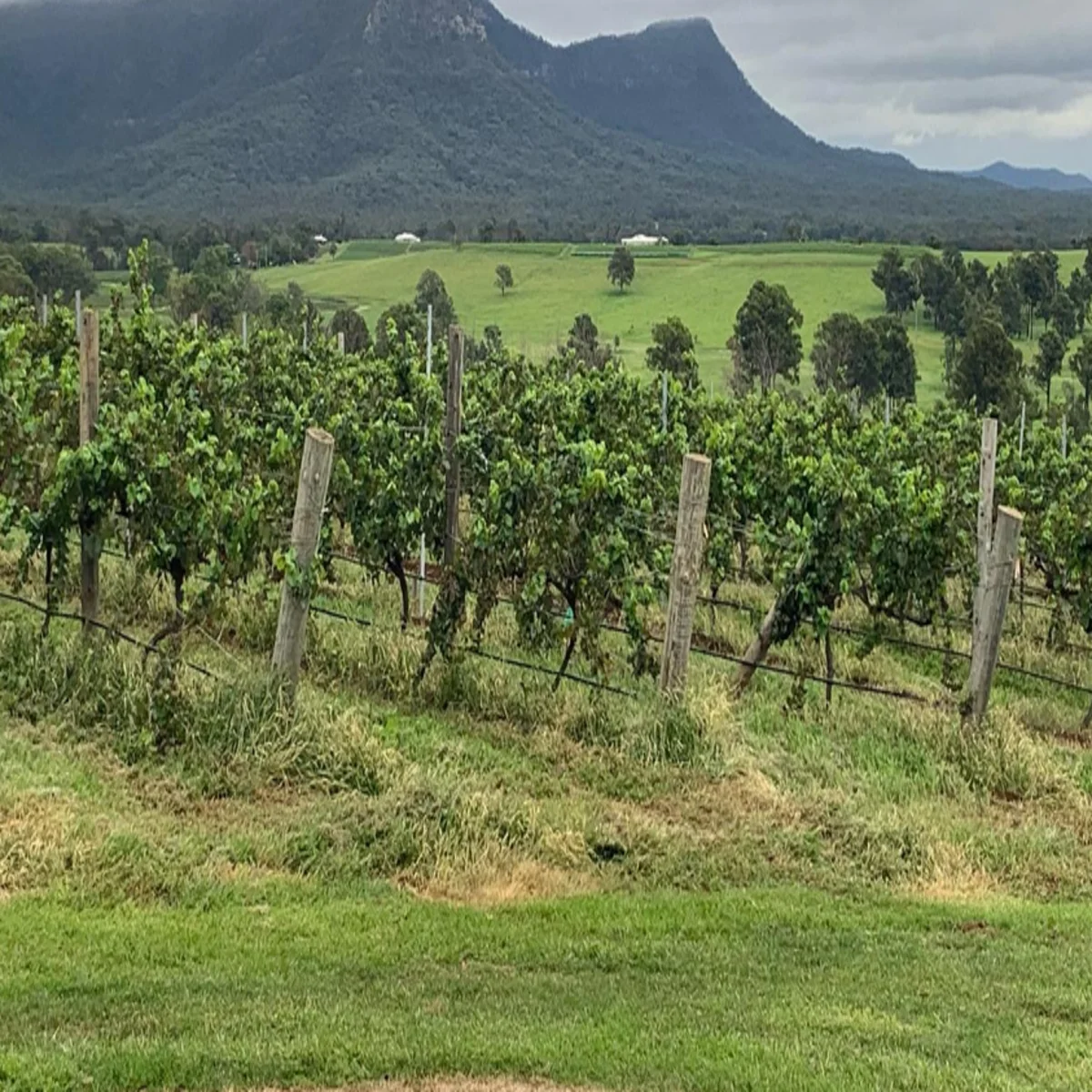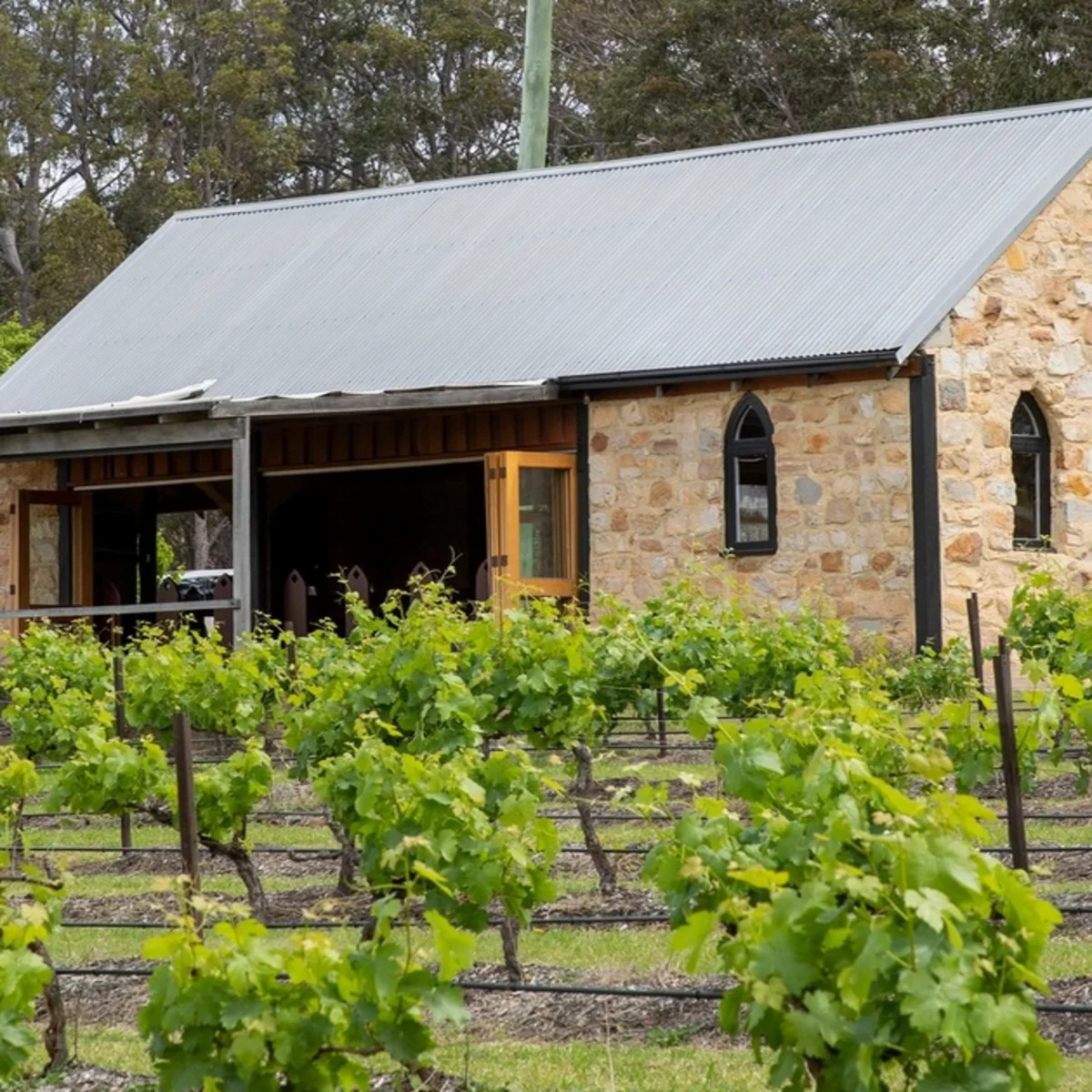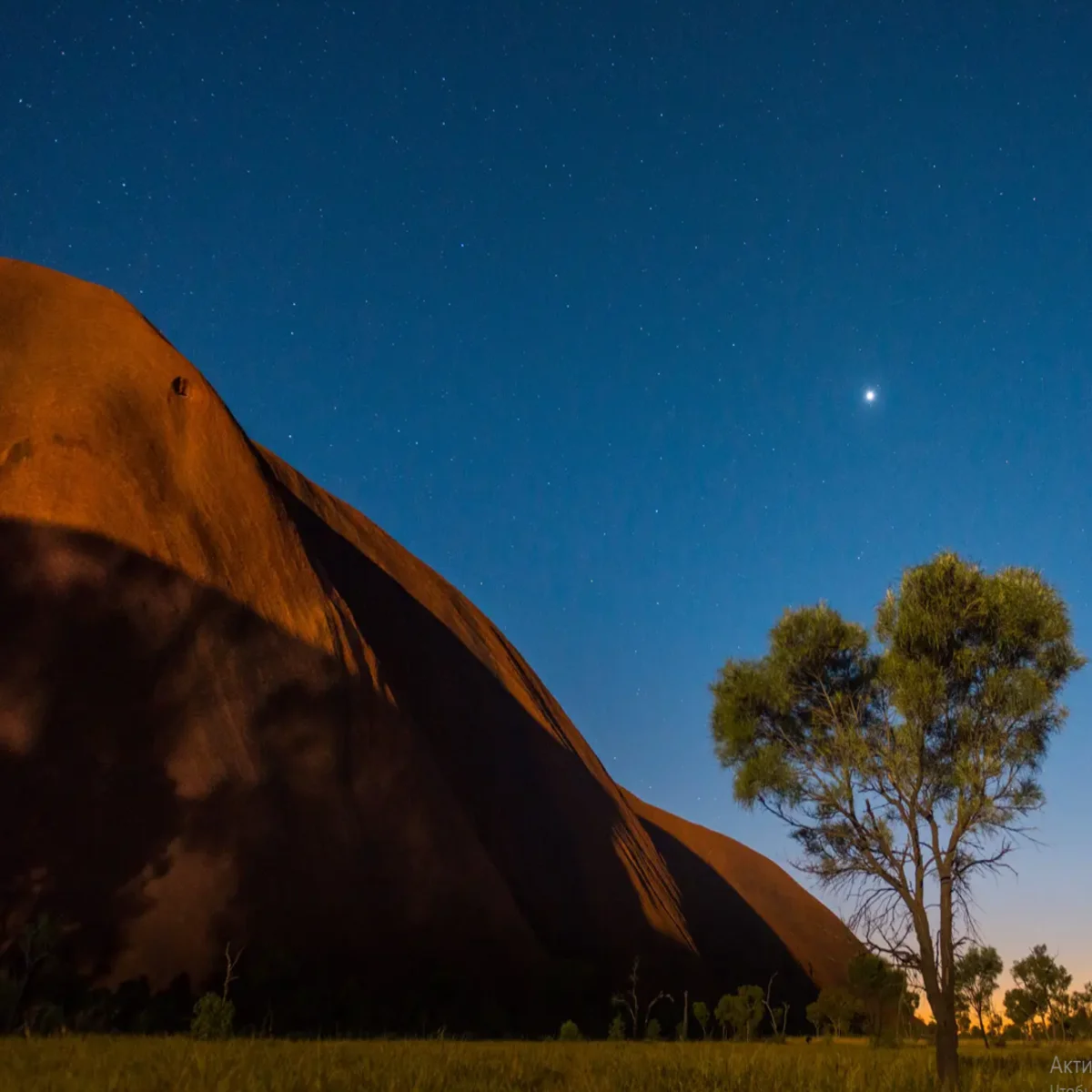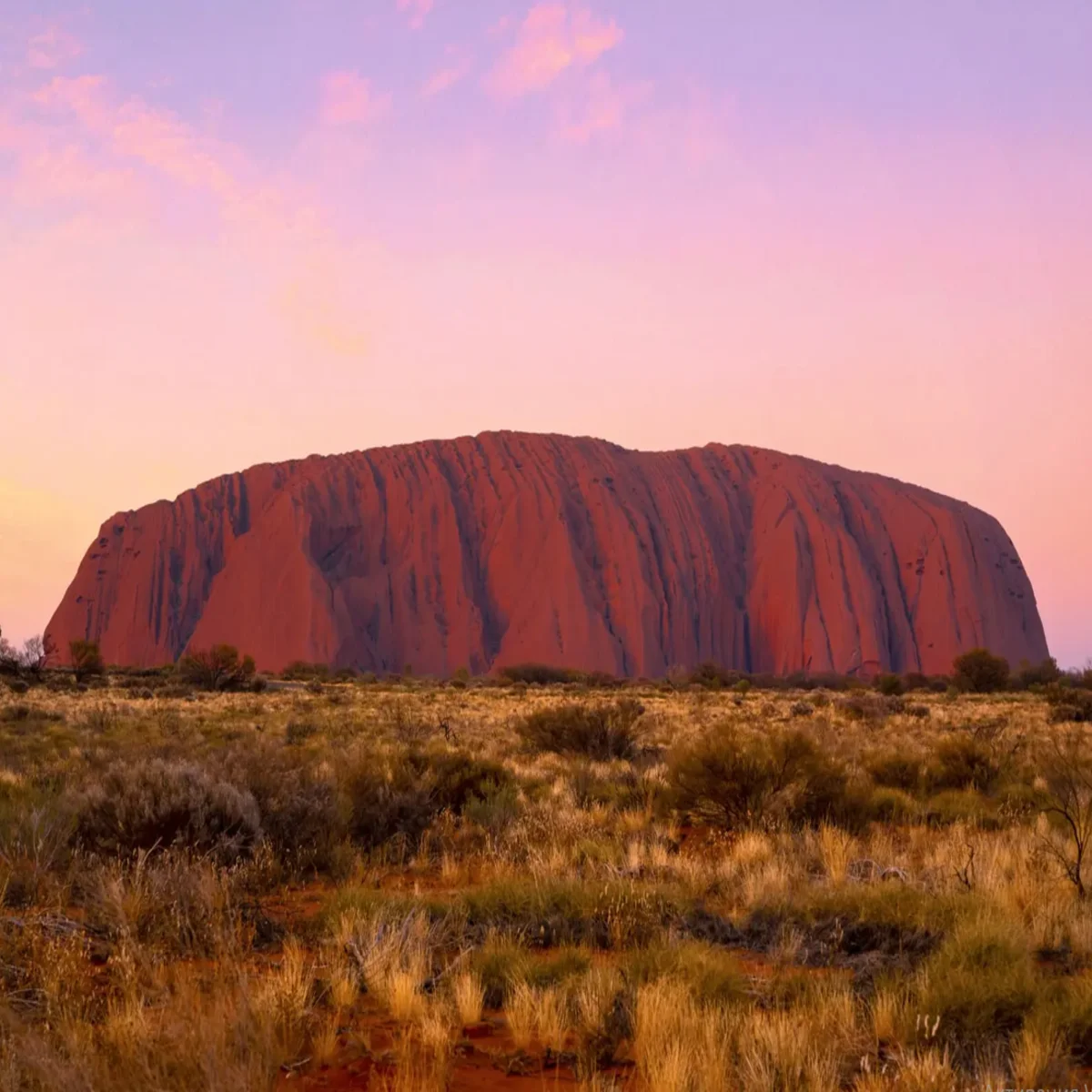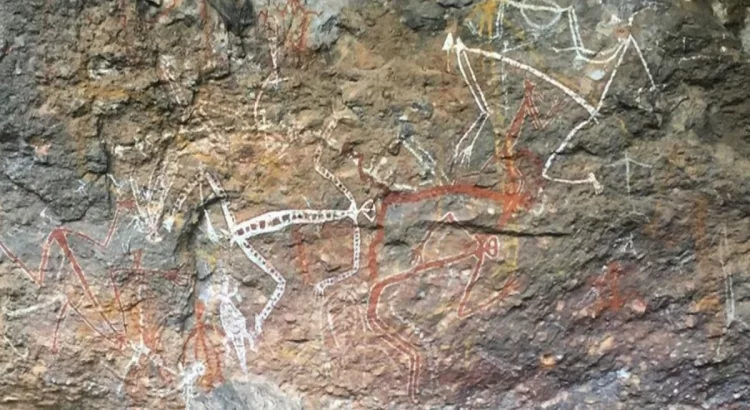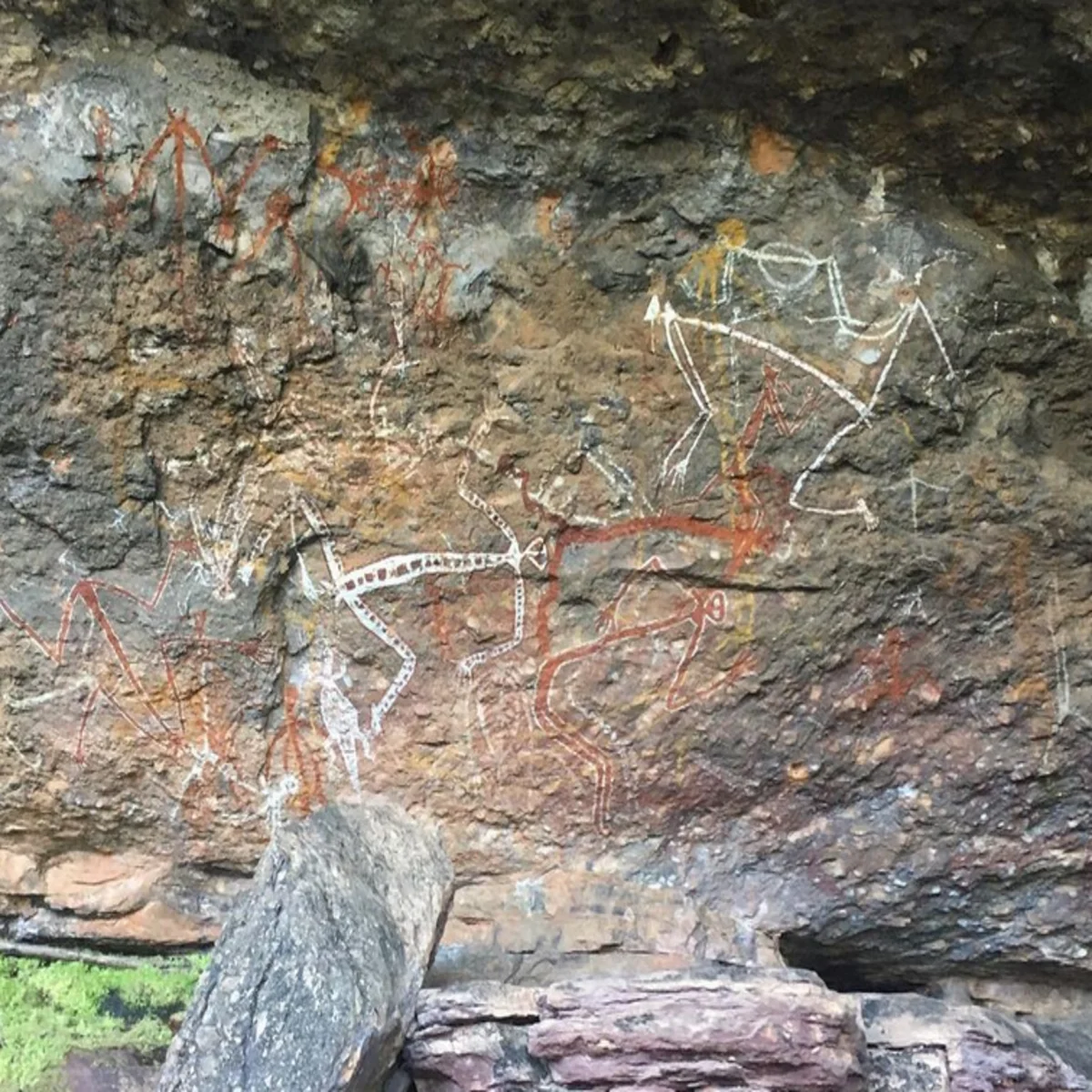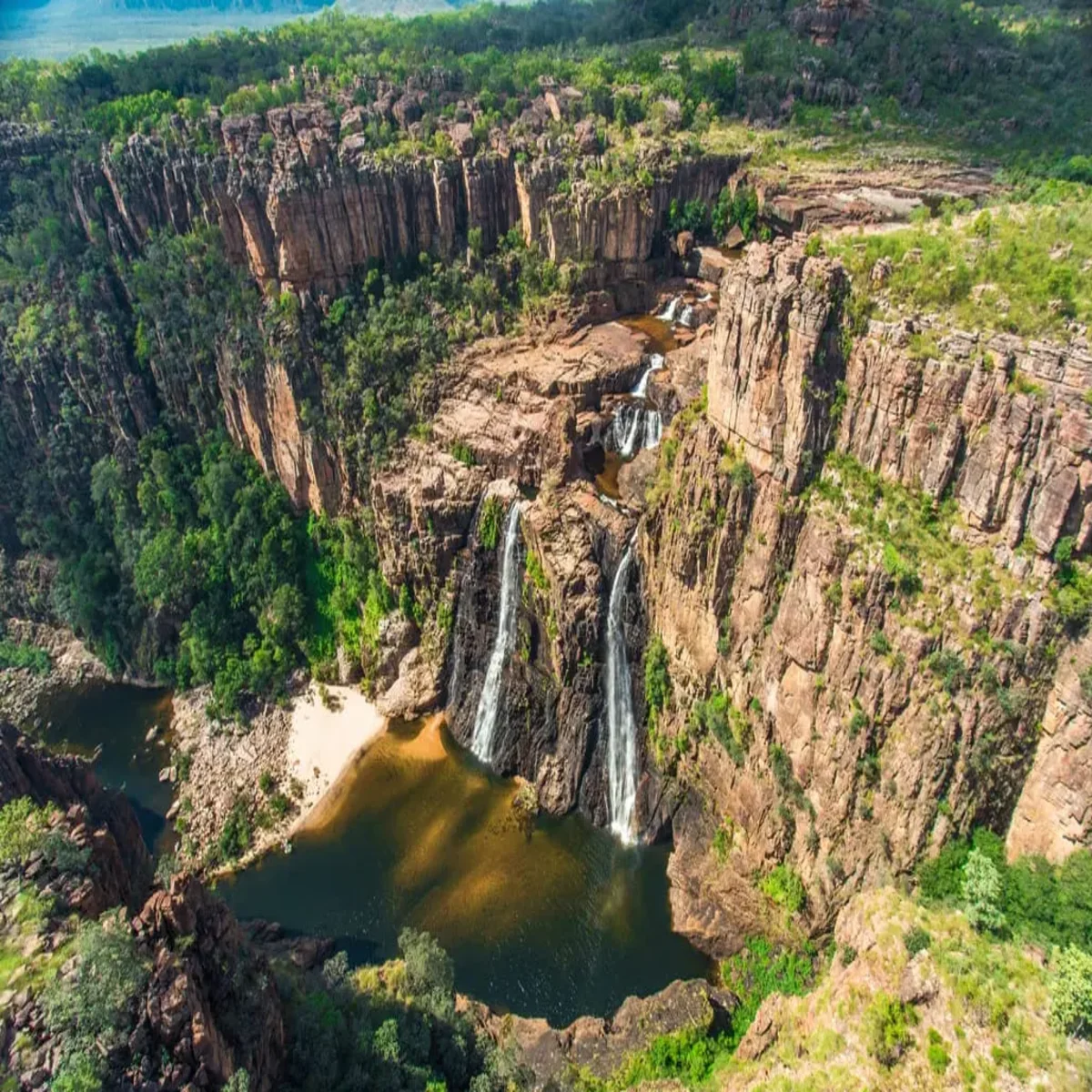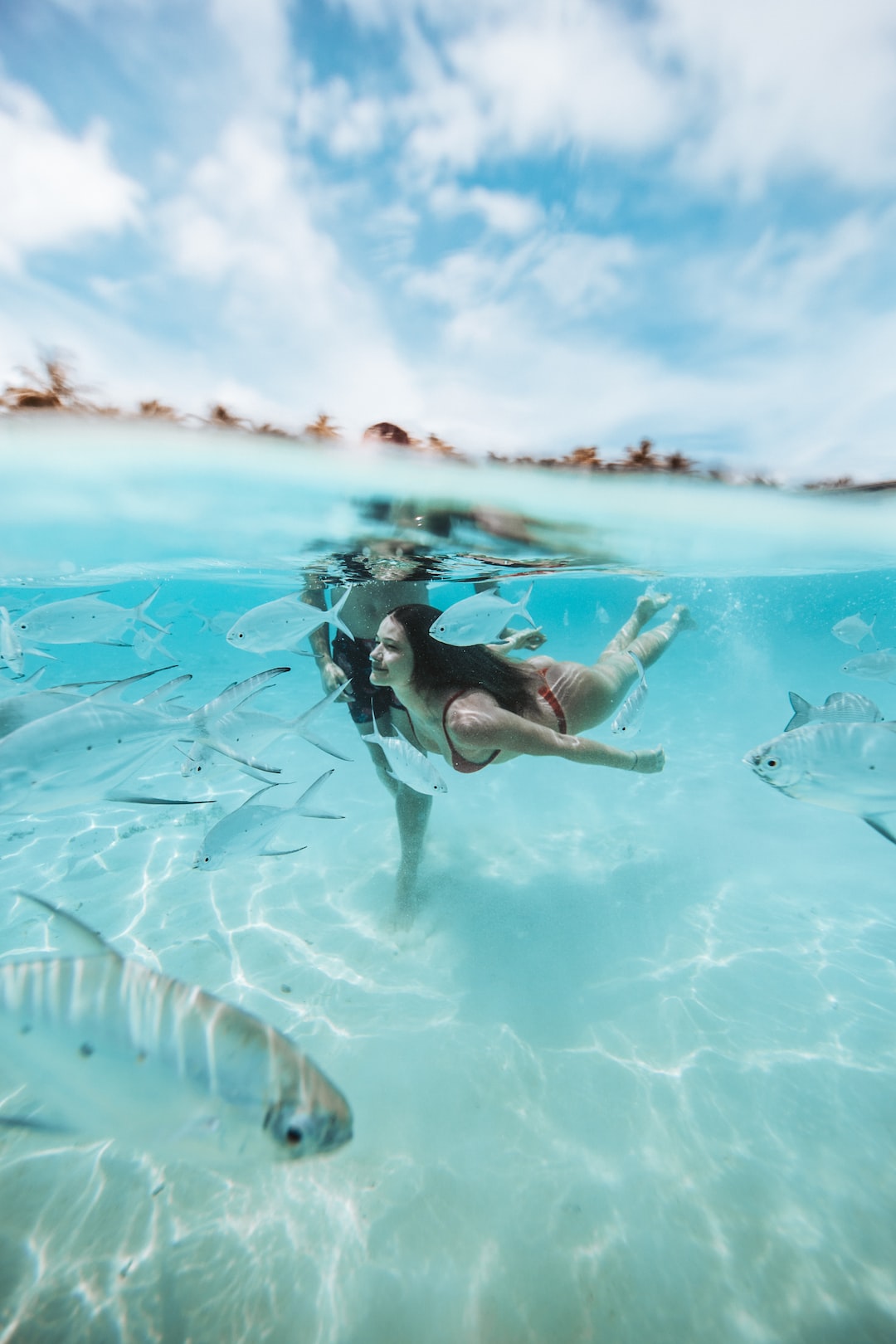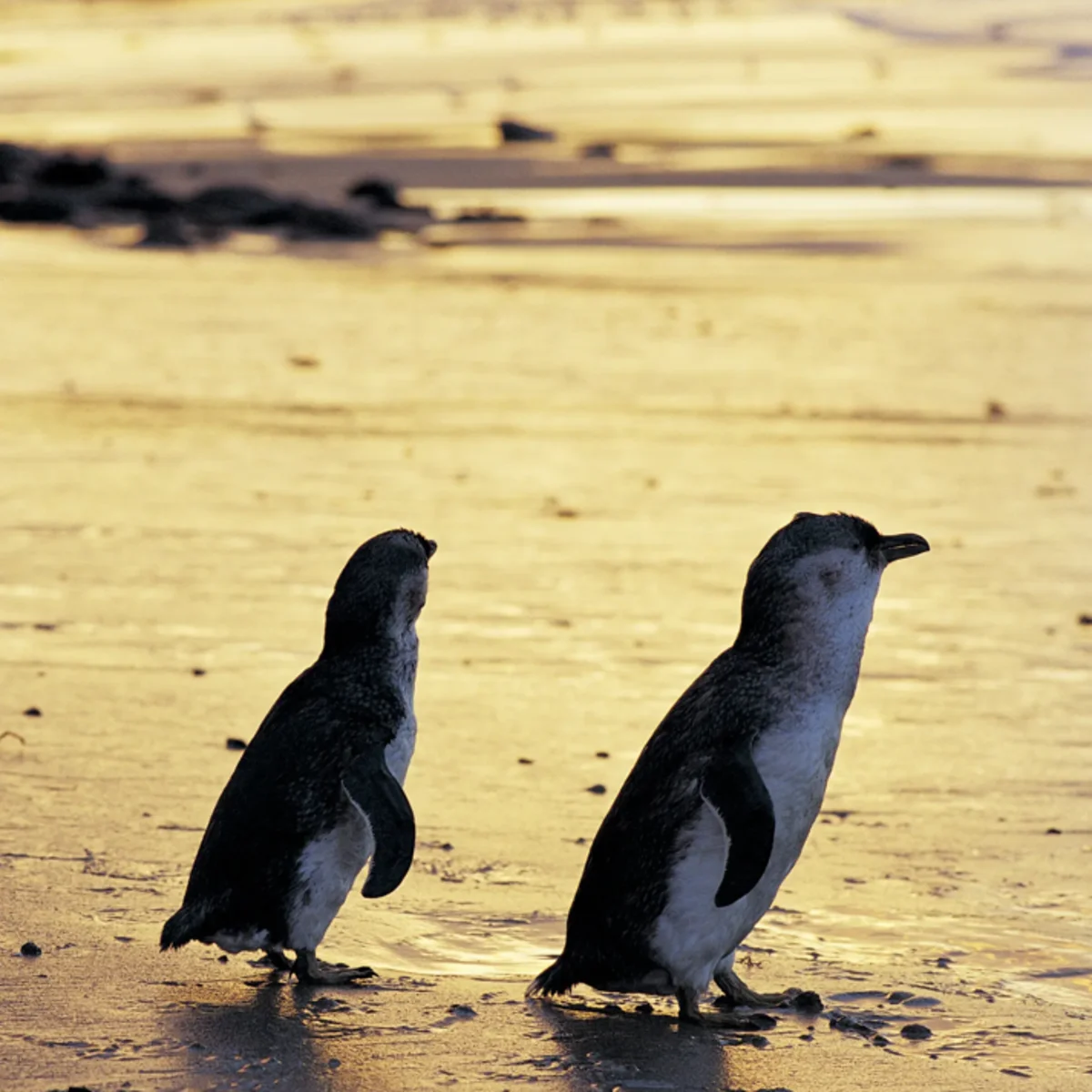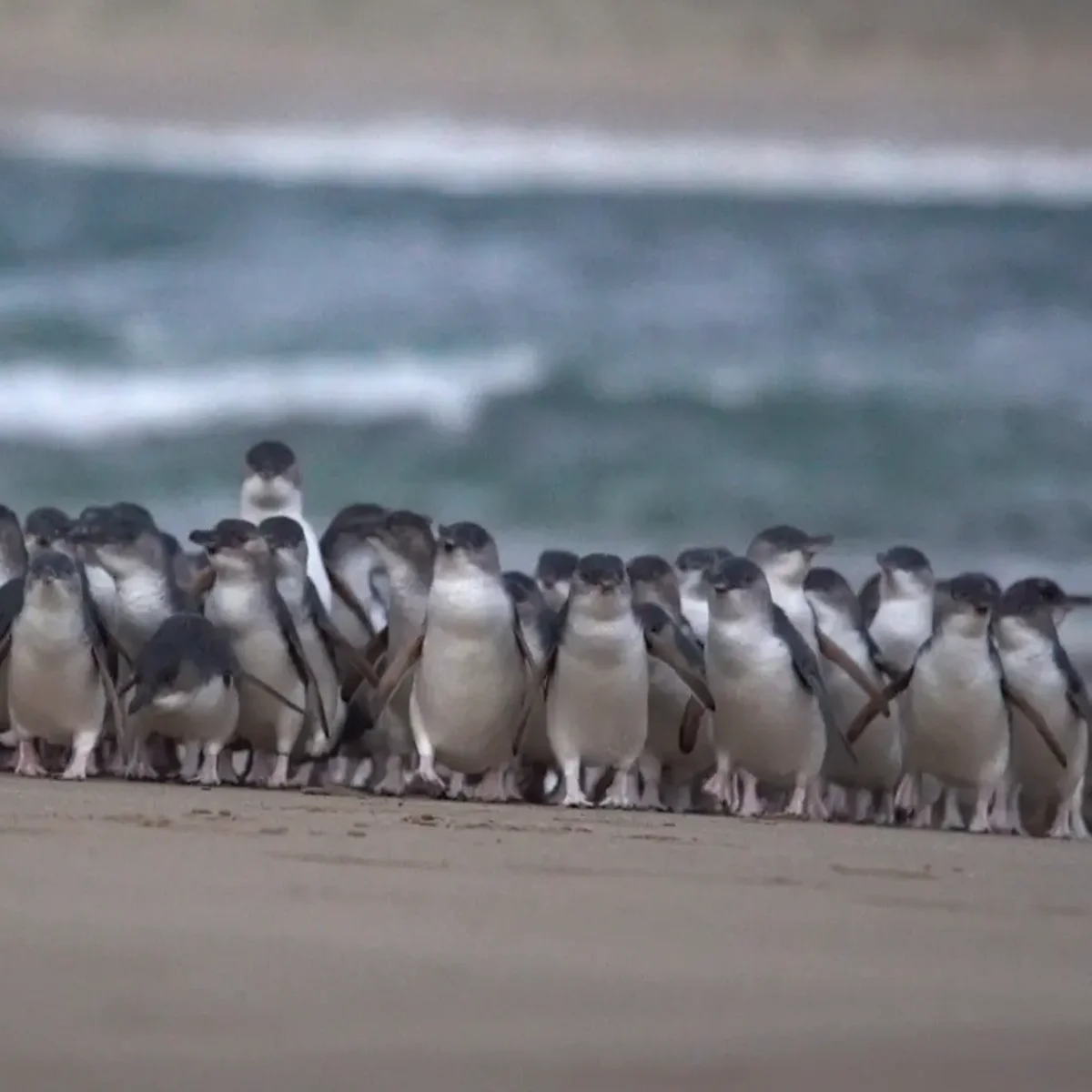Entrance Fee
Uluru, also known as Ayers Rock, is a famous landmark in Australia’s Northern Territory. Visitors to Uluru need to pay an entrance fee to access the national park where it is located.
The entrance fee for Uluru-Kata Tjuta National Park is AUD $38 per adult for a 3-day pass. Children under 16 years of age can enter for free. The fee provides access to both Uluru and Kata Tjuta (the Olgas).
Guided Tours
If you prefer a guided experience, there are various tour options available for exploring Uluru. These tours come at an additional cost, but they provide valuable insights into the cultural and natural significance of the area.
Prices for guided tours vary depending on the duration and inclusions. On average, a half-day tour can range from AUD $55 to AUD $100 per person, while a full-day tour can cost between AUD $150 and AUD $300 per person.
Camping Fees
If you plan to stay overnight in the national park, there are camping areas available at Uluru. Camping fees are separate from the entrance fee and guided tours.
The cost of camping at Uluru-Kata Tjuta National Park is AUD $25 per adult per night. Children under 16 years old can camp for free. It’s important to note that camping permits are required, and bookings should be made in advance to secure a spot.
Additional Costs
While the entrance fee, guided tours, and camping fees cover the basic costs of visiting Uluru, there are additional expenses to consider.

Transportation to and from Uluru may require additional spending, especially if you are flying from major cities like Sydney or Melbourne. Accommodation options in the nearby town of Yulara can range from budget-friendly to luxury resorts, so the cost of accommodation will depend on your preferences.
Keep in mind that there may be optional activities, such as camel rides or helicopter tours, that come with their own price tags. It’s a good idea to budget for these additional costs if you wish to participate in them.
Summary
Visiting Uluru involves the following costs:
- Entrance fee: AUD $38 per adult for a 3-day pass
- Guided tours: prices vary, ranging from AUD $55 to AUD $300 per person
- Camping fees: AUD $25 per adult per night
Additionally, consider budgeting for transportation, accommodation, and optional activities to have a complete understanding of how much it will cost to get in to Uluru.
Remember to check the official website of Uluru-Kata Tjuta National Park for any updates or changes in fees before planning your visit.
